Wayne McGregor’s new work merges genetic code, AI and choreography
Company Wayne McGregor has collaborated with Google Arts & Culture Lab on a series of works, ‘Autobiography (v95 and v96)’, at Sadler’s Wells (12 – 13 March 2024)
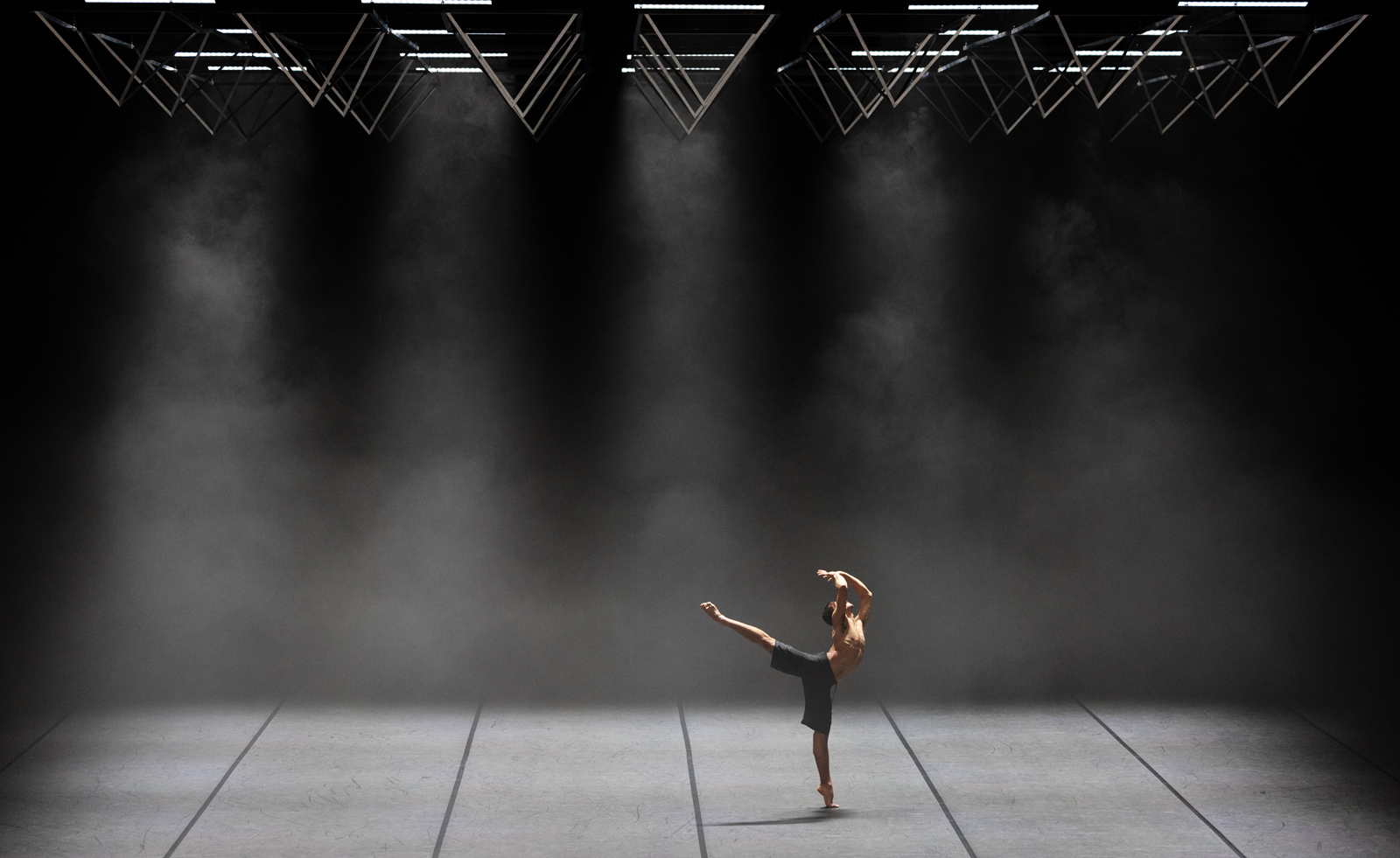
An intrepid explorer of the space where dance and technology meet, Wayne McGregor pushes his artform ever further towards the unknown. His latest work for his own company builds on an investigation he initiated some years ago, when he sequenced his own DNA.
In 2017, looking back over 25 years of work at Studio Wayne McGregor, the choreographer began to develop the concept of the ‘body as archive’. Taking his genes as a starting point, he worked with software architect Nick Rothwell to design an algorithm based on his own genome. In tandem, McGregor created 23 pieces of movement material with his dancers, inspired by elements of his personal history (memories, photos, writing, art and music, with the number 23 echoing the 23 pairs of chromosomes present in human cells). The algorithm was programmed to make random selections from McGregor’s sequenced genetic code, which in turn determined the parts and order of the choreography to be presented in performance. The resulting work, Autobiography (1.0), unique for every showing, premiered the same year at Sadler’s Wells, where the choreographer is an Associate Artist.
McGregor describes this approach to dance-making as a form of ‘life-writing’, which expresses the idea of archive as something fluid and unfixed, an ongoing process we all embody. ‘We are each the sum of our experiences, and these experiences, which land, sit, move and evolve, are understood by and through the body,’ he says. ‘This somatic system, our individual “living archive” holds this information in our muscles, our emotional felt centre and our very cells, ready to be called upon as reference for new experiences, or perhaps buried deeply within us waiting to be released. This bodily archive is sophisticated and multi-modal, not easily explained or understood exclusively by the rational or the logical.’
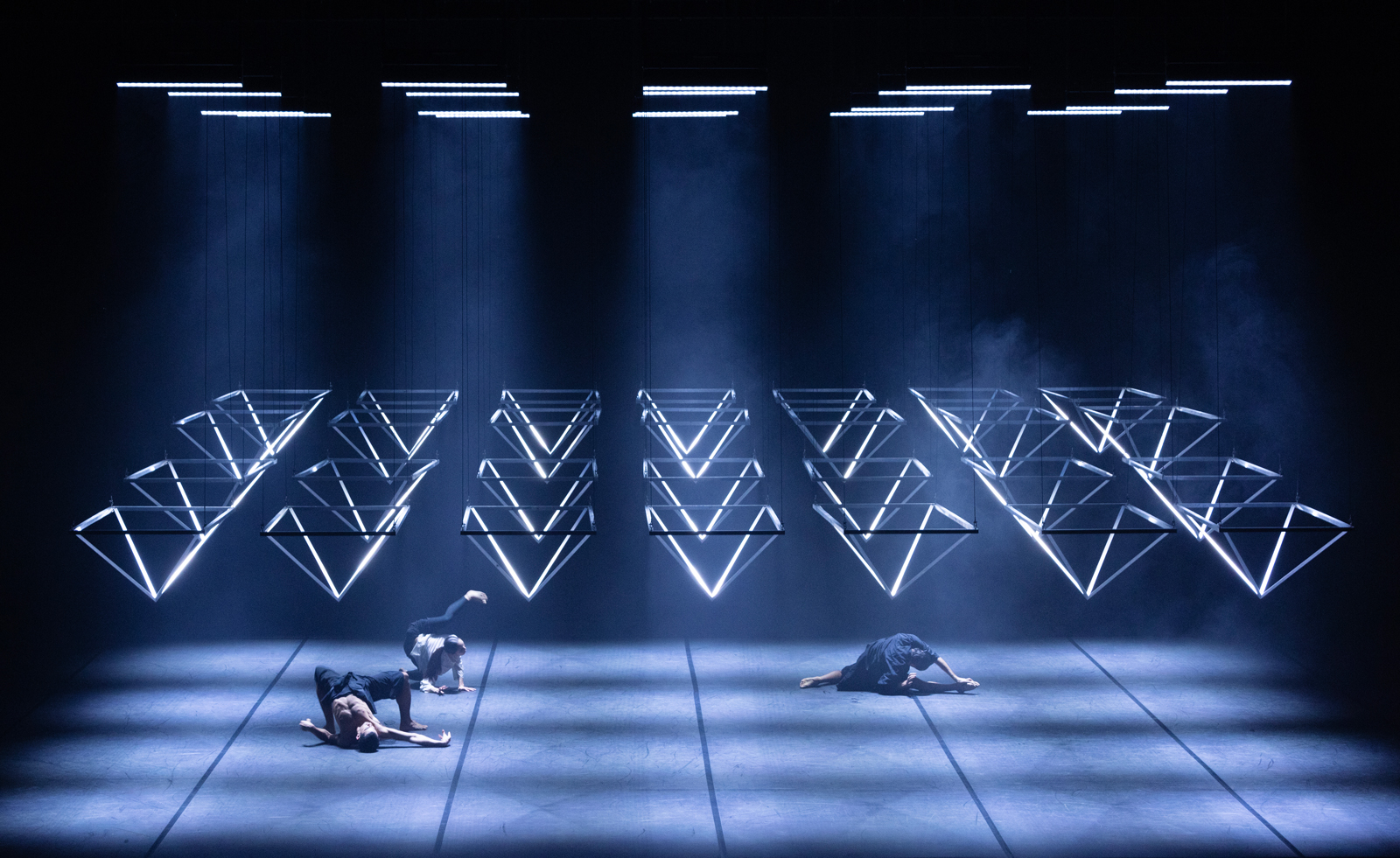
For McGregor, dance is the ideal medium to explore this essential aspect of being human: ‘Dance doesn’t do “concrete" meaning very well; it’s too ambiguous an art form for that,’ he continues. ‘What it does brilliantly is offer multiple meanings and interpretations of ideas – a form of physical impressionism. We are experts, in daily life, in reading other bodies and inferring meaning before any words are spoken. In that sense, “life-writing” is a gift we all share and utilise constantly – an intimate conversation between authoring meaning with our bodies and exchanging physical cues back to continue this extraordinary non-verbal dialogue.’
Thinking about his choreographic work – an integral part of his singular archive – McGregor was intrigued as to how artificial intelligence (AI) might model a way of looking at his past and current practice to then propose future movement possibilities: a system of ‘life-writing’ in relation to choreography. In 2019, this led him to a collaboration with Google Arts & Culture Lab. Taking his entire back catalogue of work as the data set, the lab used machine learning technology to create an AI-powered tool, Living Archive, which is able to suggest new, original movement phrases based on McGregor’s existing choreography and material he has created on individual dancers.
For Google, this was a compelling project for several reasons. ‘What always interests us is supporting artists’ experimentation with AI, as a tool and collaborator in the creative process,’ says Freya Salway, head of Google Arts & Culture Lab. ‘Wayne’s openness to experimentation and affinity for technology pushed the possibilities of our collaboration. When the idea emerged to create an algorithm that predicts future movement in response to Wayne’s existing body of work, our approach was inspired by technology related to handwriting prediction. At a time of rapid advancement in the interaction of technology and creativity, it’s interesting to consider what future forms of exchange will emerge between artists and their archives.’
Company Wayne McGregor: Autobiography (v95 and v96)
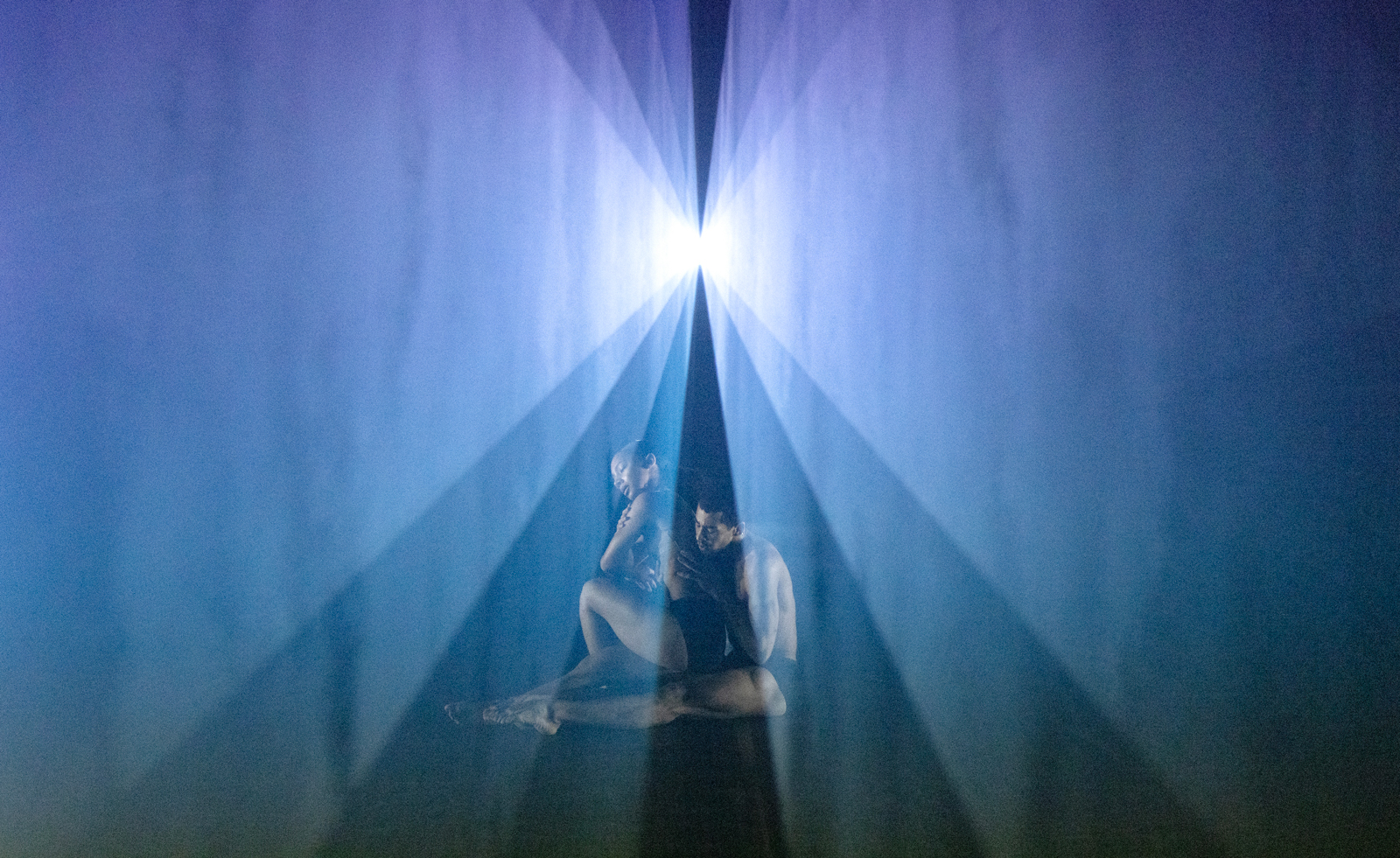
Using the Living Archive tool, now renamed AISOMA, along with the algorithm based on his DNA, Wayne McGregor is about to present the latest iteration of this series of works, Autobiography (v95 and v96), at Sadler’s Wells (12-13 March 2024). Fusing the two sources of choreography – man- and machine-made – the piece promises to be an exciting exploration of authorship: dance generating dance using a combination of human and artificial intelligence. The piece will feature music by electronic composer Jlin, set and projection design by Ben Cullen Williams, lighting by Lucy Carter, costumes by Aitor Throup and dramaturgy by Uzma Hameed, all of whom collaborated with McGregor on the first version of Autobiography.
Wallpaper* Newsletter
Receive our daily digest of inspiration, escapism and design stories from around the world direct to your inbox.
How an audience receives his creations is in itself a thought-provoking prospect for McGregor: ‘Audiences themselves are complex, divergent thinkers and “feelers”, an organism that is also in constant evolution during each second of each show,’ he says. ‘There is no one audience, and this extreme individuality has always fascinated me. It has also released me from the burden of creating with the “audience” in mind. I can only follow my own path and experiment with degrees of visibility and invisibility, hoping that somewhere out there one person will see, at least for a moment, through my lens and in doing so be challenged, stimulated and moved.’
‘Autobiography (v95 and v96)’ will be performed 12-13 March 2024 at Sadler’s Wells, London
-
 Put these emerging artists on your radar
Put these emerging artists on your radarThis crop of six new talents is poised to shake up the art world. Get to know them now
By Tianna Williams
-
 Dining at Pyrá feels like a Mediterranean kiss on both cheeks
Dining at Pyrá feels like a Mediterranean kiss on both cheeksDesigned by House of Dré, this Lonsdale Road addition dishes up an enticing fusion of Greek and Spanish cooking
By Sofia de la Cruz
-
 Creased, crumpled: S/S 2025 menswear is about clothes that have ‘lived a life’
Creased, crumpled: S/S 2025 menswear is about clothes that have ‘lived a life’The S/S 2025 menswear collections see designers embrace the creased and the crumpled, conjuring a mood of laidback languor that ran through the season – captured here by photographer Steve Harnacke and stylist Nicola Neri for Wallpaper*
By Jack Moss
-
 Artist Qualeasha Wood explores the digital glitch to weave stories of the Black female experience
Artist Qualeasha Wood explores the digital glitch to weave stories of the Black female experienceIn ‘Malware’, her new London exhibition at Pippy Houldsworth Gallery, the American artist’s tapestries, tuftings and videos delve into the world of internet malfunction
By Hannah Silver
-
 Ed Atkins confronts death at Tate Britain
Ed Atkins confronts death at Tate BritainIn his new London exhibition, the artist prods at the limits of existence through digital and physical works, including a film starring Toby Jones
By Emily Steer
-
 Tom Wesselmann’s 'Up Close' and the anatomy of desire
Tom Wesselmann’s 'Up Close' and the anatomy of desireIn a new exhibition currently on show at Almine Rech in London, Tom Wesselmann challenges the limits of figurative painting
By Sam Moore
-
 A major Frida Kahlo exhibition is coming to the Tate Modern next year
A major Frida Kahlo exhibition is coming to the Tate Modern next yearTate’s 2026 programme includes 'Frida: The Making of an Icon', which will trace the professional and personal life of countercultural figurehead Frida Kahlo
By Anna Solomon
-
 A portrait of the artist: Sotheby’s puts Grayson Perry in the spotlight
A portrait of the artist: Sotheby’s puts Grayson Perry in the spotlightFor more than a decade, photographer Richard Ansett has made Grayson Perry his muse. Now Sotheby’s is staging a selling exhibition of their work
By Hannah Silver
-
 Celia Paul's colony of ghostly apparitions haunts Victoria Miro
Celia Paul's colony of ghostly apparitions haunts Victoria MiroEerie and elegiac new London exhibition ‘Celia Paul: Colony of Ghosts’ is on show at Victoria Miro until 17 April
By Hannah Hutchings-Georgiou
-
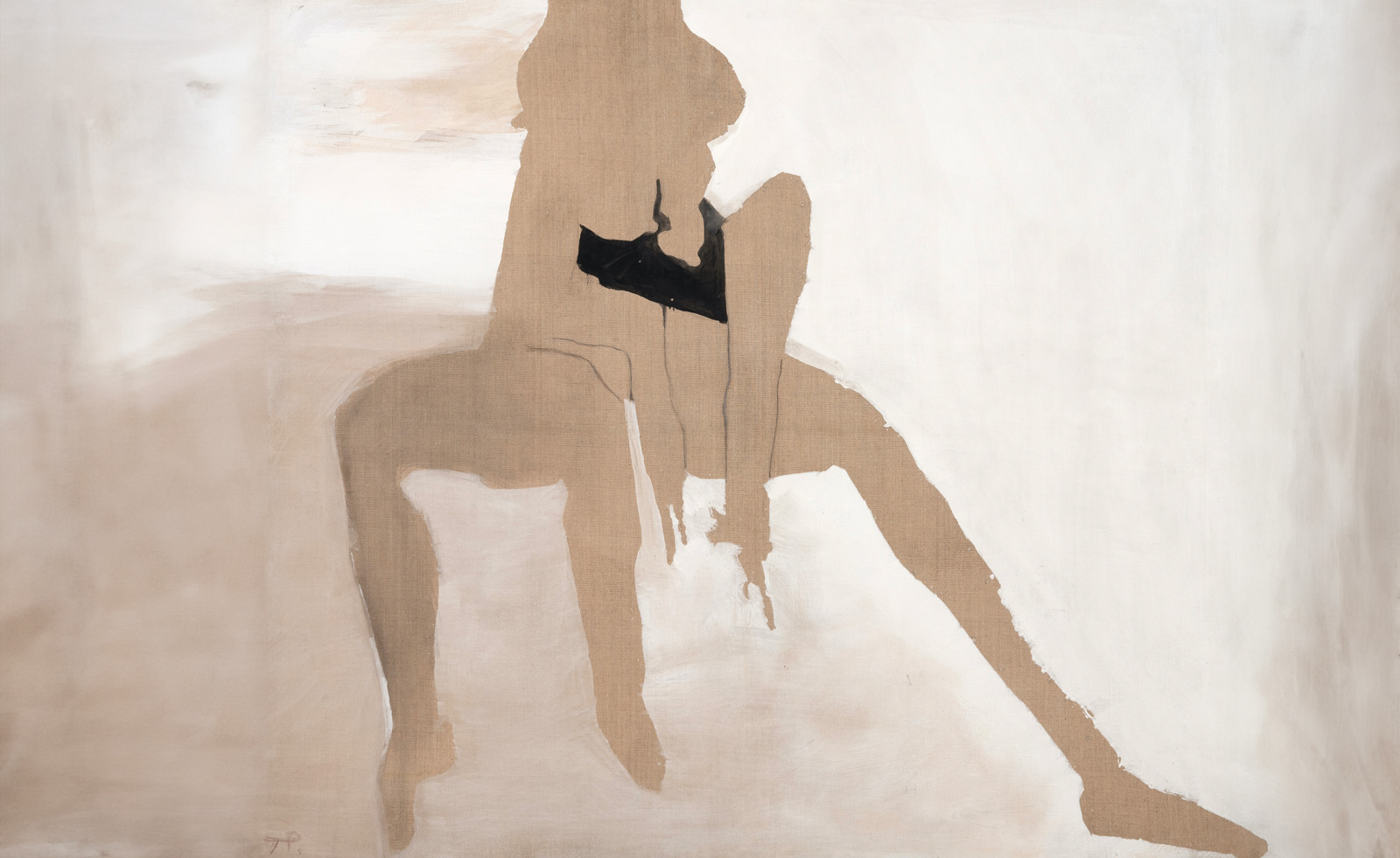 Teresa Pągowska's dreamy interpretations of the female form are in London for the first time
Teresa Pągowska's dreamy interpretations of the female form are in London for the first time‘Shadow Self’ in Thaddaeus Ropac’s 18th-century townhouse gallery in London, presents the first UK solo exhibition of Pągowska’s work
By Sofia Hallström
-
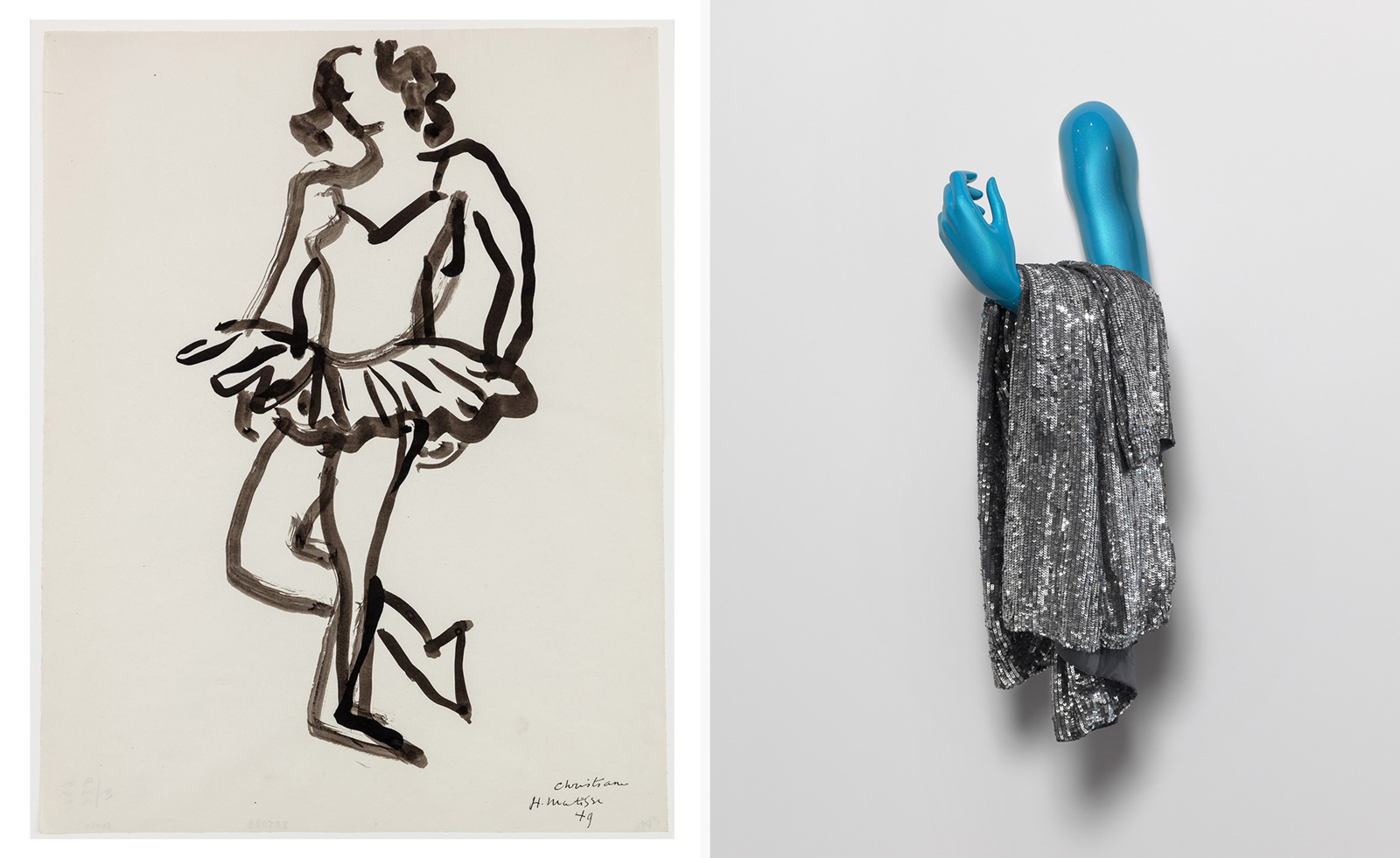 Sylvie Fleury's work in dialogue with Matisse makes for a provocative exploration of the female form
Sylvie Fleury's work in dialogue with Matisse makes for a provocative exploration of the female form'Drawing on Matisse, An Exhibition by Sylvie Fleury’ is on show until 2 May at Luxembourg + Co
By Hannah Silver